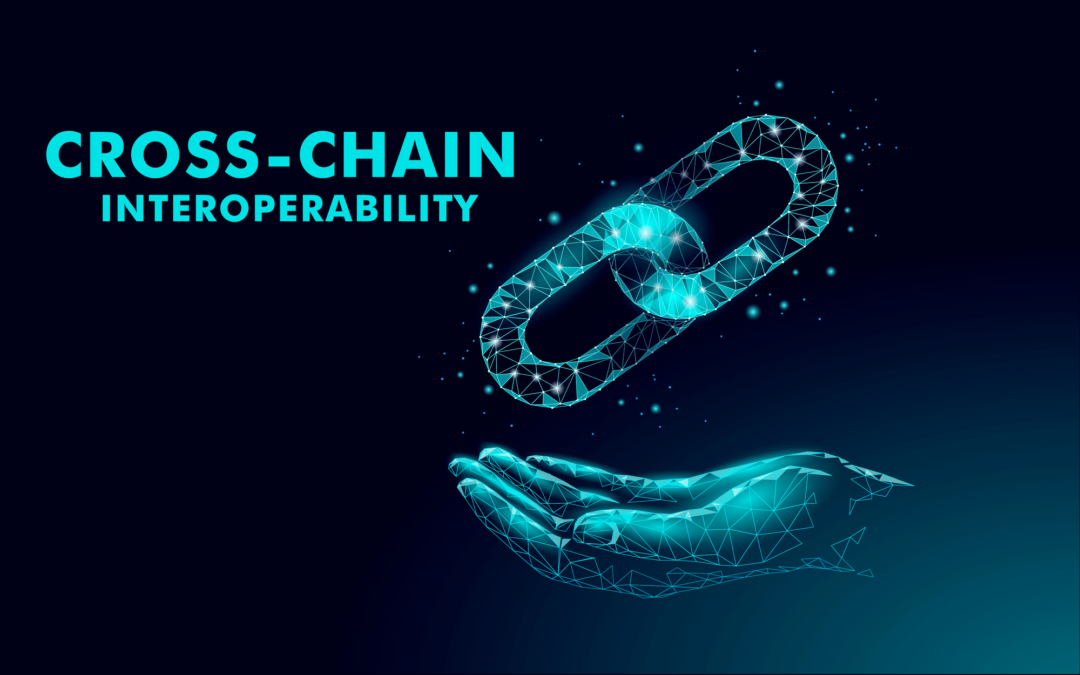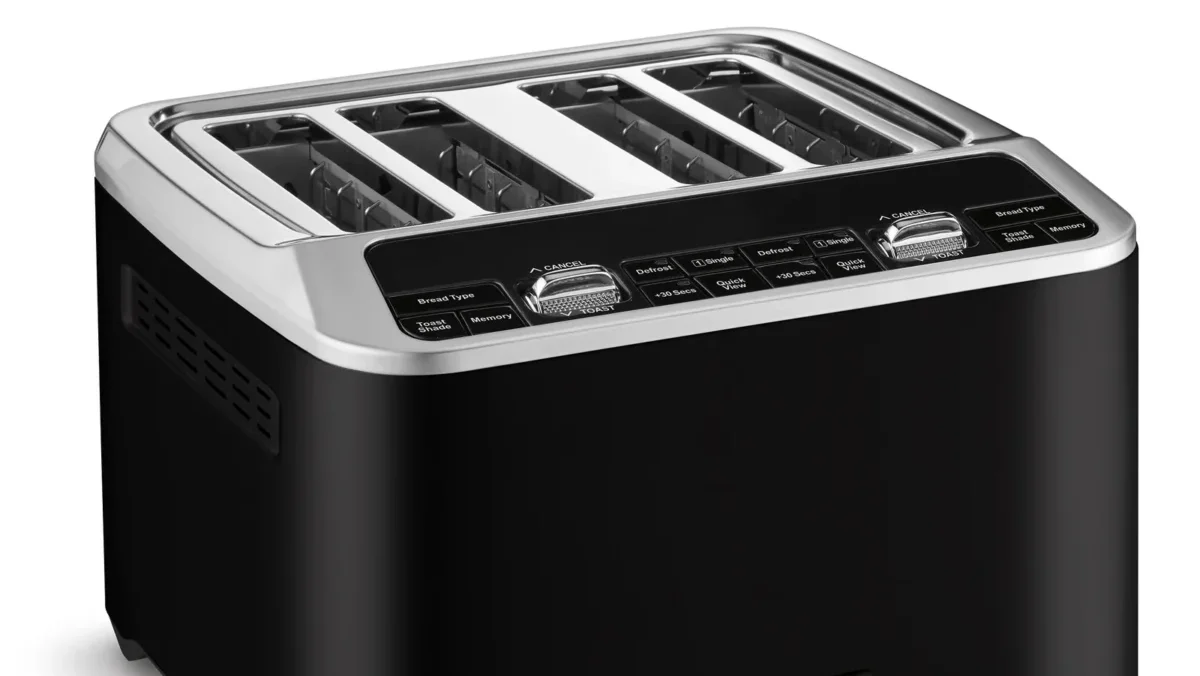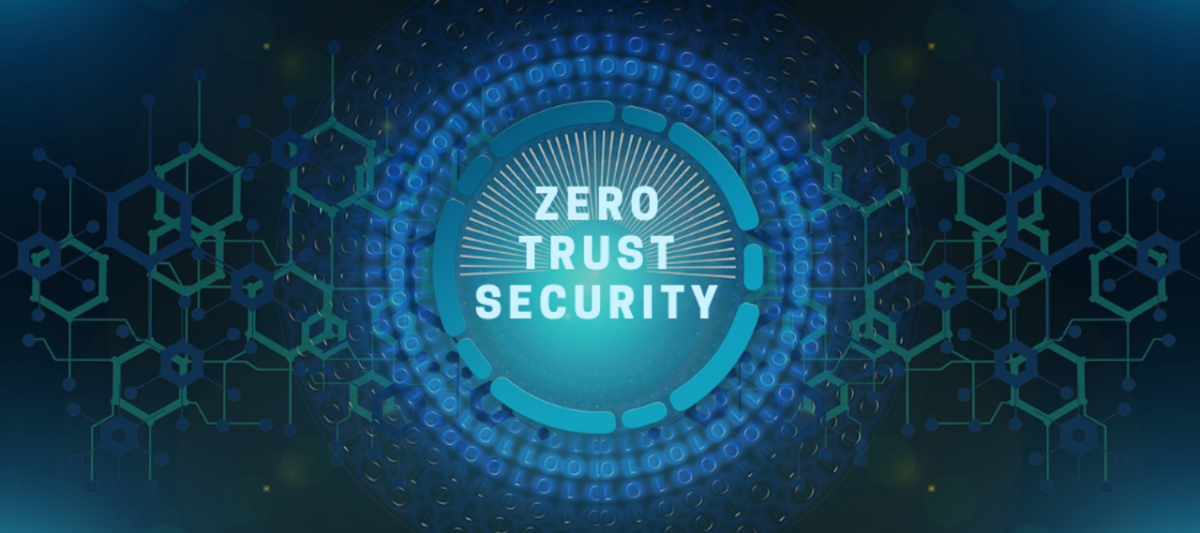The Evolution of Solana Bridges: Revolutionizing Cross-Chain Interoperability in 2025

As we venture into 2025, the landscape of blockchain technology continues to evolve at a breathtaking pace, with Solana emerging as a frontrunner in the race for scalability and efficiency. At the heart of this evolution lies the critical infrastructure of blockchain bridges, particularly the bridge to Solana and Solana to ETH bridge solutions, which have become indispensable in fostering a truly interconnected crypto ecosystem. Defiway, a pioneering force in the decentralized finance (DeFi) realm, has recognized the transformative potential of these bridges and is actively contributing to their advancement. By leveraging innovative Solana bridge technologies, Defiway aims to break down the barriers between disparate blockchain networks, creating a seamless and unified experience for users across the digital asset space.
The Imperative of Blockchain Interoperability
In the ever-expanding universe of blockchain networks, each with its unique features and strengths, the need for efficient and secure cross-chain communication has never been more pressing. Solana, with its high-throughput and low-cost transactions, has carved out a significant niche in the crypto landscape. However, to fully harness its potential and that of other blockchains, robust bridging solutions are essential. This is where Solana bridges come into play, serving as vital connectors that enable the fluid movement of assets and data between Solana and other blockchain ecosystems. Defiway, attuned to this growing need, has positioned itself at the vanguard of developing and promoting bridge to Solana and Solana to ETH bridge solutions, ensuring that users can navigate the complex web of blockchain networks with ease and efficiency.
The Mechanics of Solana Bridges in 2025
As we look ahead to 2025, Solana bridges have undergone significant refinements, emerging as sophisticated protocols that facilitate seamless cross-chain interactions. These bridges operate on a fundamental principle of asset locking and minting, or burning and releasing, depending on the direction of the transfer. When a user initiates a transfer from one blockchain to Solana, for instance, the assets are typically locked in a smart contract on the source chain, while equivalent tokens are minted on the Solana network. Conversely, when moving assets from Solana to another chain, the process involves burning the tokens on Solana and releasing the corresponding assets on the destination chain.
The evolution of Solana bridges has given rise to several specialized types, each catering to specific use cases and requirements:
- Asset-Specific Bridges: These bridges focus on facilitating the transfer of particular tokens or assets between Solana and other blockchains. For example, a dedicated USDC bridge might enable users to move their USDC tokens seamlessly between Solana and Ethereum networks.
- Multi-Asset Bridges: More versatile than their asset-specific counterparts, these bridges support a wide array of tokens and can handle various types of cross-chain transactions. They employ complex mechanisms to ensure security and efficiency across multiple asset types.
- Application-Centric Bridges: Designed to work in tandem with specific decentralized applications (dApps) or protocols, these bridges allow users to interact with platforms across different blockchains without friction.
- Layer-2 and Sidechain Bridges: As layer-2 scaling solutions and sidechains gain prominence, bridges connecting Solana to these networks have emerged, offering users additional options for high-speed, low-cost transactions.
- Trustless Bridges: Leveraging advanced cryptographic techniques, these bridges minimize the need for intermediaries or trusted parties, enhancing security and decentralization in cross-chain transfers.
The Transformative Impact of Solana Bridges
As we navigate the blockchain landscape of 2025, Solana bridges are delivering a host of benefits that are reshaping the way we interact with digital assets:
- Enhanced Liquidity and Capital Efficiency: By facilitating the free flow of assets between Solana and other blockchains, bridges are significantly boosting overall liquidity in the crypto ecosystem. This improved liquidity is a boon for traders, investors, and DeFi users, providing them with more options and better pricing for their transactions. The ability to move assets quickly between chains also enhances capital efficiency, allowing users to capitalize on opportunities across different networks without being constrained by the limitations of a single blockchain.
- Expanded DeFi Horizons: Solana bridges have opened up new vistas for DeFi enthusiasts, granting them access to a diverse range of protocols and investment strategies across multiple blockchains. This cross-chain accessibility has fueled innovation in the DeFi space, leading to the development of more sophisticated financial products and yield-generating opportunities. Users can now leverage assets from one chain to participate in yield farming, lending, or borrowing activities on another, maximizing their potential returns and diversifying their investment strategies.
- Seamless User Experience: The technological advancements in bridge design have resulted in a markedly improved user experience. In 2025, Solana bridges offer near-instantaneous transfers with minimal complexity, making cross-chain interactions accessible even to those new to the crypto space. Intuitive interfaces and streamlined processes have reduced the learning curve associated with cross-chain operations, encouraging wider adoption of blockchain technology.
- Network Effect Amplification: By connecting Solana to other blockchain ecosystems, bridges are amplifying the network effects of all participating chains. This increased interconnectivity is accelerating the adoption and growth of the overall blockchain space, creating a virtuous cycle of innovation and user engagement.
- Risk Mitigation Through Diversification: Solana bridges enable users to spread their assets across multiple blockchain networks, potentially reducing their exposure to network-specific risks or vulnerabilities. This diversification strategy can help users safeguard their holdings against potential issues such as network congestion, smart contract vulnerabilities, or regulatory challenges specific to a particular blockchain.
- Fostering Innovation and Competition: The ease of moving assets between chains has intensified competition among different blockchain ecosystems, spurring innovation and improvements across the board. Projects are now compelled to offer better services, lower fees, and more attractive features to retain users who have the flexibility to easily switch between networks.
Challenges and Innovative Solutions
While Solana bridges offer numerous advantages, they also face several challenges that developers and projects like Defiway are actively addressing:
- Security Enhancements: Given the substantial value locked in cross-chain bridges, security remains a paramount concern. To mitigate risks, bridge developers are implementing cutting-edge security measures such as multi-layer encryption, decentralized validator networks, and real-time monitoring systems. Advanced cryptographic techniques, including zero-knowledge proofs and threshold signatures, are being employed to enhance the security of cross-chain transactions.
- Scalability Solutions: As the volume of cross-chain transactions continues to grow, bridges must evolve to handle increasing demand without compromising on speed or efficiency. Innovations in bridge architecture, such as parallel processing of transactions and optimized data compression techniques, are helping to address these scalability concerns. Additionally, the integration of layer-2 solutions and state channels is further enhancing the throughput capabilities of Solana bridges.
- Regulatory Navigation: The increasing prevalence of cross-chain transfers has attracted regulatory attention. Bridge providers and users are navigating evolving regulatory landscapes to ensure compliance across different jurisdictions. Some bridges are incorporating built-in compliance features, such as KYC/AML checks and transaction monitoring, to align with regulatory requirements while maintaining user privacy.
- Standardization Efforts: The lack of standardized protocols for cross-chain communication has led to fragmentation and compatibility issues. Industry-wide efforts are underway to develop common standards that will improve interoperability between different bridge solutions. Projects like Defiway are actively participating in these standardization initiatives, working towards creating a more cohesive and interoperable bridge ecosystem.
- User Education and Accessibility: To drive widespread adoption, continued efforts in user education and the development of intuitive interfaces are crucial. Bridge providers are investing in comprehensive educational resources, interactive tutorials, and user-friendly interfaces to demystify the process of cross-chain interactions for the average user.
The Role of Defiway and Ecosystem Players
Companies like Defiway are playing a pivotal role in advancing Solana bridge technology and driving adoption. By focusing on user experience, security, and innovation, these projects are making cross-chain interactions more accessible and efficient. Defiway, for instance, has been at the forefront of developing simplified bridge interfaces, optimizing transaction costs, and enhancing the speed and reliability of cross-chain transfers.
Other notable players in the Solana bridge ecosystem, such as Wormhole, Allbridge, and Portal, are also contributing to the diversification and robustness of bridging solutions. Each of these platforms brings unique features and capabilities to the table, fostering a competitive and innovative environment that ultimately benefits end-users.
Emerging Use Cases and Applications
As we look ahead to 2025, the applications for Solana bridges are expanding rapidly, touching various aspects of the blockchain and digital asset ecosystem:
- Cross-Chain DeFi Orchestration: Users can now seamlessly orchestrate complex DeFi strategies across multiple chains, leveraging the strengths of different protocols to maximize yields and manage risks more effectively.
- NFT Interoperability: The ability to transfer non-fungible tokens (NFTs) between blockchains has opened up new markets and possibilities for digital artists and collectors. This interoperability is fostering a more vibrant and diverse NFT ecosystem, where assets can be showcased and traded across multiple platforms.
- Gaming and Metaverse Integration: As blockchain gaming and metaverse projects proliferate, bridges play a crucial role in allowing players to use their assets across different virtual worlds and games. This interoperability is crucial for creating immersive, interconnected digital experiences.
- Cross-Chain Governance: Decentralized Autonomous Organizations (DAOs) are utilizing bridges to manage treasury assets across multiple chains and engage with a wider community of token holders. This cross-chain governance capability is enabling more inclusive and diverse decision-making processes in decentralized organizations.
- Arbitrage and Market Efficiency: Traders are leveraging bridges to capitalize on price differences between chains, leading to more efficient markets overall. This arbitrage activity helps to align prices across different blockchain ecosystems, reducing fragmentation and improving overall market liquidity.
- Enterprise Blockchain Integration: As enterprises increasingly adopt blockchain technology, Solana bridges are facilitating the integration of private and public blockchains, enabling businesses to leverage the benefits of both worlds.
The Future Trajectory of Solana Bridges
Looking towards 2025 and beyond, we can anticipate continued innovation in the Solana bridge ecosystem:
- AI-Powered Optimization: The integration of artificial intelligence and machine learning is expected to lead to more efficient bridging processes. Smart contracts could automatically determine the optimal routes and methods for cross-chain transfers, taking into account factors such as gas fees, congestion, and exchange rates in real-time.
- Enhanced Privacy Solutions: As privacy becomes an increasingly critical concern in the blockchain space, we may see the development of bridges that incorporate advanced privacy-preserving technologies such as zero-knowledge proofs, homomorphic encryption, or secure multi-party computation.
- Multi-Chain Aggregation: Instead of just connecting two chains, future bridges might facilitate transfers between multiple chains simultaneously, further enhancing interoperability and creating a truly interconnected blockchain ecosystem.
- Traditional Finance Integration: As the lines between traditional finance and DeFi continue to blur, bridges could play a pivotal role in connecting blockchain networks with traditional financial systems, enabling seamless transfers between crypto and fiat currencies.
- Quantum-Resistant Architecture: With the potential advent of quantum computing, bridge developers may need to implement quantum-resistant cryptography to ensure long-term security and integrity of cross-chain transactions.
- Self-Healing and Adaptive Bridges: Advanced bridges may incorporate self-healing mechanisms and adaptive protocols that can automatically respond to network issues, security threats, or changes in blockchain ecosystems, ensuring continuous and reliable operation.
Conclusion
As we approach 2025, Solana bridges stand at the forefront of a blockchain revolution, breaking down the silos between different networks and fostering a more interconnected and efficient crypto landscape. By enabling seamless asset transfers and cross-chain interactions, these bridges are not just facilitating transactions; they are reshaping the very fabric of how we interact with blockchain technology.
Projects like Defiway are leading this charge, continuously innovating to improve the security, efficiency, and user-friendliness of Solana bridges. While challenges remain, the potential benefits of a well-connected blockchain ecosystem are immense, promising to unlock new levels of financial inclusion, innovation, and economic opportunity.
From expanded DeFi possibilities to groundbreaking gaming experiences and beyond, Solana bridges are opening up a world of possibilities for users, developers, and businesses alike. As the technology continues to evolve and mature, we can expect to see even more transformative developments in the years to come, solidifying the position of Solana bridges as a cornerstone of the blockchain future.
In this interconnected blockchain landscape of 2025, the boundaries between different networks are becoming increasingly blurred, thanks to the power of Solana bridges. As we stand on the cusp of this new era, one thing is clear: the future of blockchain is not siloed, but seamlessly interconnected, and Solana bridges are the key to unlocking this boundless potential.




